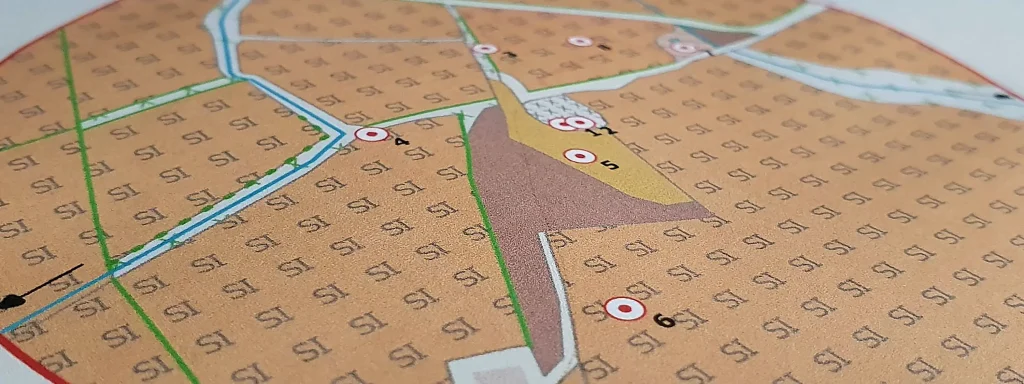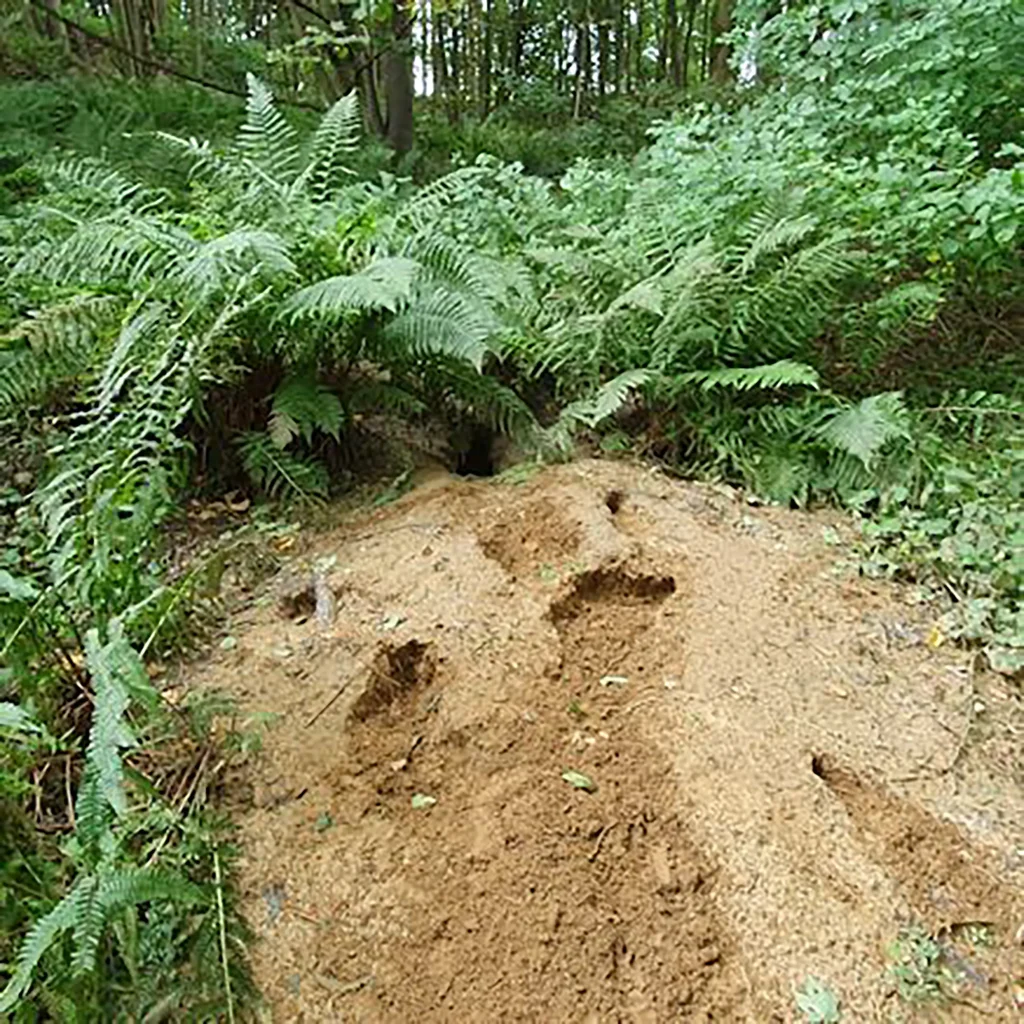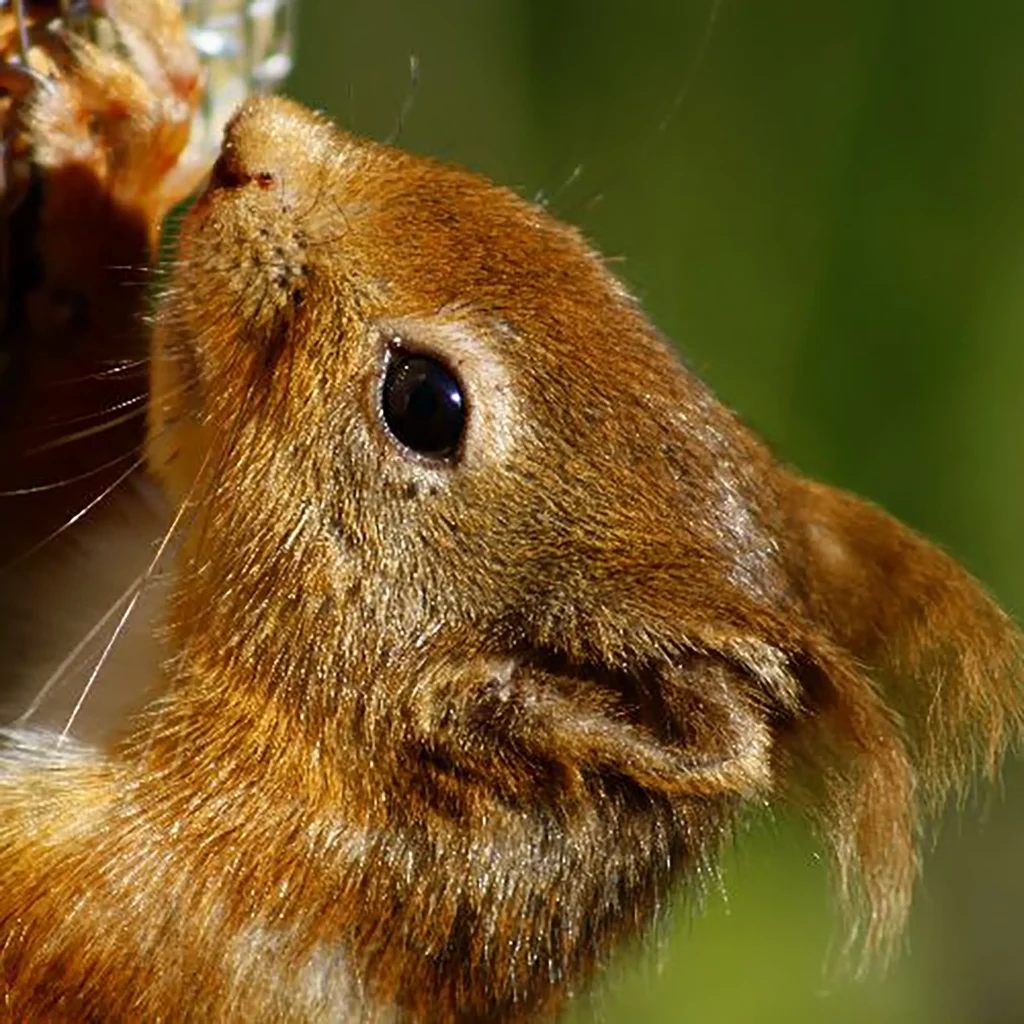Local Planning Authorities (LPA) are duty-bound to assess the impact of all plans and projects on biodiversity, and more specifically on protected and notable species and habitats (such as badgers, invasive species, and native woodlands).
Often the simplest starting point in many planning applications is to complete a Preliminary Ecological Appraisal (PEA). This survey comprises a mix of site and desk-based assessments to determine what, if any, biodiversity interest an application site has.

Above: A Phase 1 Habitat Map.
Ecologists complete a PEA by visiting the application site during the daytime to complete an extended Phase 1 Habitat Survey. This is a broad-brush survey which seeks to identify the broad habitat types present on site, the species composition of the plants, the age structure of the habitats, and characterises the likelihood of protected and notable species using these habitats through a mix of searching for evidence of these species, and knowledge of their ecology and habitat preferences.
During this assessment, EP Ecology also complete “Preliminary Roost Assessment” of trees and structures for their potential to support roosting bats, and “Habitat Suitability Index” assessments of any ponds for their potential to support great crested newts, both European Protected Species offered full protection by the Conservation (Natural Habitats, &c.) Regulations 1994 (As amended) and as such, species for which planning authorities typically have to give particular consideration.
This collection of data is further supplemented by a desk-based search for species records using the local records centre or the NBN Atlas; and through accessing databanks which contain the locations of ancient woodlands, and protected nature sites such as Sites of Special Scientific Interest (SSSI) or Special Areas of Conservation (SAC).

Presence of badger setts can be confirmed during a PEA and would trigger the need for mitigation during the development, and possible need for further survey to determine the type of sett.

Red squirrels are protected by the Wildlife & Countryside Act 1981 (as amended) and the potential for presence of these within a project area would be identified during the PEA.
These data are then pooled and used to determine what impacts the proposed project will have on the habitats, the species which are confirmed to be, or which may be present, and any protected areas adjacent to the site. The ecologist then identifies the mandatory requirements (e.g. the legislative-based requirements for further data collection or project progression with mitigation, licensing or compensation) and recommendations (e.g. suggestions which would incorporate biodiversity in to the design of the project) which are associated with the PEA results. This may include further survey for reptiles, eradication of invasive species such as Japanese knotweed, or inclusion of directional light sources to minimise illumination of semi-natural habitats and minimise impacts on nocturnal species.
In the case of many projects, a simple PEA may be all that is required as the impacts on protected and notable species or habitats is low or negligible and can, through management of construction activities and inclusion of design principles which will promote biodiversity from the offset can compensate for what will be lost. If your plan or project engages early with an ecologist, they can help ensure that the planning and construction process goes smoothly.
EP Ecology has extensive experience of undertaking Preliminary Ecologist Appraisal for projects throughout Scotland and is well placed to assist you and your project through the ecological requirements of the planning system. We pride ourselves in delivering the best outcomes for biodiversity, and for our clients. Get in touch today for a no-obligations discussion about how we can assist you.
All text and images © Copyright 2020 EP Ecology Ltd.
Registered address: 56 Lochranza Drive, East Kilbride, G75 9NA.
Registered in Scotland, No. SC663556. Vat Registration No. 350 4428 22
Legal Notices and Privacy Policy
